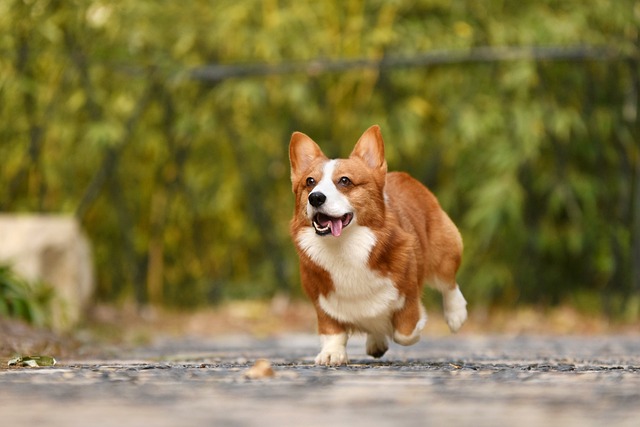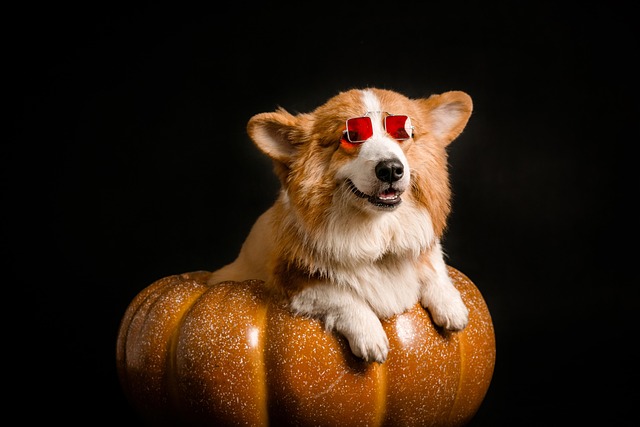
What is the easiest hunting dog to train?
Anyone new to hunting with dogs knows the struggle—you want a partner that listens, adapts, and picks up skills without endless frustration.
That moment of dread is all too familiar for many new dog owners in a Brooklyn walk-up or a Seattle condo: the doorbell rings, and instead of a happy greeting, you’re met with a low growl, frantic barking, or a dog hiding behind your legs. Transforming your anxious or overexcited guard dog into a gracious host isn’t about dominance or scolding; it’s about rebuilding their emotional response to visitors from the ground up, using patience and positive association. The goal isn't a dog that tolerates strangers, but one who genuinely feels safe and positive when new people enter its domain—your home.
The entire process hinges on one scientific principle: counter-conditioning. You must change your dog's underlying emotion from "Stranger equals alarm!" to "Stranger equals fantastic, high-value treats!" This requires a proactive strategy, not reactive yelling. Start by recruiting a friend your dog doesn't know to help with training sessions. The protocol is everything: your dog should be on a leash for control, and you’ll need a stash of something incredible like diced rotisserie chicken or hot dogs. Have your helper ignore your dog completely—no eye contact, no talking, no reaching—and simply toss delicious treats on the floor from a distance. If the dog is calm, the helper can slowly decrease the distance over multiple sessions, continuing to be a non-threatening "Treat Fairy." The moment your dog shows any sign of stress, the helper should retreat. This teaches the dog that calm behavior makes the nice person appear, and any anxiety makes them politely disappear.

This meticulous, reward-based approach is the only culturally acceptable method across American and European dog training communities. Forcing an interaction, Correggio-style, by having a stranger forcefully pet a nervous dog or using a device like a shock collar to punish a growl is a profound violation of modern animal welfare standards. Such actions are likely to be condemned by trainers and could be reported as neglect, as they dangerously suppress warning signs without addressing the fear, often leading to a sudden bite "out of nowhere." Your responsibility for a safe dog extends to legal compliance. Before you even consider having a stream of guests over for training, your dog’s license and rabies vaccination must be impeccably up-to-date—this isn't just a vet recommendation, it's state law in places like California and New York. And remember, a dog that is anxious indoors may also be reactive on walks; always carry poop bags, as cleaning up is a non-negotiable part of your civic duty, preventing fines and maintaining goodwill with neighbors who might otherwise complain about your pet's behavior.
For those in multi-unit dwellings, this training is critical for harmony. A dog that barks relentlessly at footsteps in the hallway or the neighbor’s door closing is a primary source of noise complaints. Management tools like a white noise machine can help buffer environmental sounds during training. When you’re in shared spaces like lobbies or elevators, your community etiquette is on full display. A basket muzzle, properly conditioned as a positive tool, is a responsible choice if you're still working on reactivity, signaling to others that you are proactively managing your dog. Always create space and never allow your dog to rush up to a neighbor, asking first, "We're in training, would you like to say hello?" This respectful, methodical approach doesn’t just create a dog-friendly home; it creates a responsible and respected member of your apartment community.

Anyone new to hunting with dogs knows the struggle—you want a partner that listens, adapts, and picks up skills without endless frustration.

Ever seen a Labrador retriever effortlessly fetch game in the fields or a German Shorthaired Pointer lock onto a scent with laser focus? Behind those impressive skills lies extensive training—and a price tag that varies widely.

That sinking feeling of coming home to find your favorite chair leg gnawed beyond recognition or a new cushion ripped apart is a rite of passage for many new dog owners

Teaching your dog to nuzzle their nose into your palm isn't just a cute party trick—it's a foundation for communication, trust, and even practical safety cues.

Coming home to a scene of devastation—a shredded couch cushion, gnawed table legs, your favorite shoes in tatters—is a uniquely frustrating experience for any dog owner

You’ve mastered the basics: your pup can sit, stay, and come most of the time in your quiet living room. But then you’re at a bustling farmers' market in Portland or a crowded park in Chicago